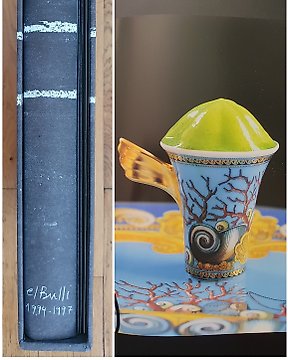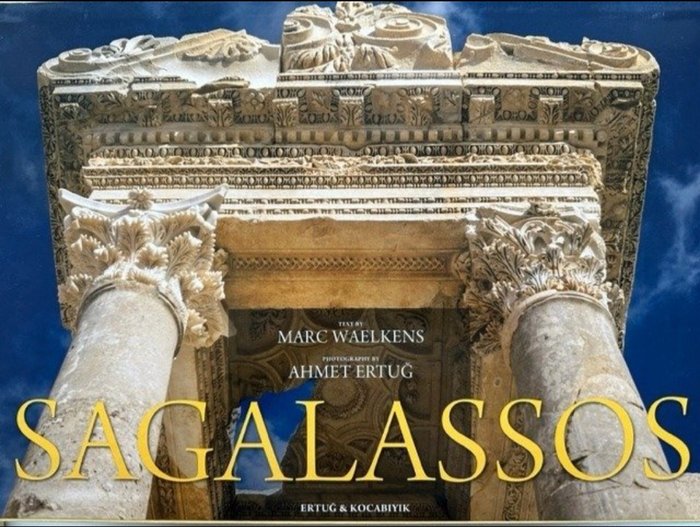
Ferran Adrià - El Bulli 2 - 1994-1997 - 2003
N. 83233799

N. 83233799

Lavishly illustrated with 99 splendid plates by Ahmet Ertug, the book provides an overview of the ancient history, architecture, sculpture, and pottery of the site, as well as the history of its discovery and subsequent exploration. The texts, written by leading scholars in the field, are accessible both to the non-specialist and to the professional, while the illustrations, ranging from breath-taking panoramic overviews of the landscape to minute details of sculptural elements, reinforce Sagalassos’ claim to have been one of the leading cities of Asia Minor.
Sagalassos: City of Water Extending over the mountainous terrain of Aglasun Mountain in southern Turkey (approx. 150 km north of Antalya) at an elevation of 2045 m, the city of Sagalassos, which once belonged to the ancient region of Pisidia, enjoyed natural protection due to its prominent location. This elevated site was also well provided with natural spring water, making it an ideal choice for settlement. The city, which was probably intially inhabited in the 5th century BC, is first mentioned historically in connection with the campaigns of Alexander the Great, who defeated the Sagalassians in 333 BC. In the 2nd century AD in particular, Sagalassos experienced an enormous increase in prosperity, coinciding with the Emperor Hadrian's selection of the city as the centre of the Pisidian Imperial cult. First rediscovered by a French traveller in 1706, Sagalassos was visited by a number of Western explorers throughout the 18th and 19th centuries. Exploratory excavation began in 1987, culminating in an intensive excavation campaign at Sagalassos intiated in 1993 under the direction of the Belgian archaeologist Marc Waelkens. Lavishly illustrated with 99 splendid plates by Ahmet Ertug, the book provides an overview of the ancient history, architecture, sculpture, and pottery of the site, as well as the history of its discovery and subsequent exploration. The texts, written by leading scholars in the field, are accessible both to the non-specialist and to the professional, while the illustrations, ranging from breath-taking panoramic overviews of the landscape to minute details of sculptural elements, reinforce Sagalassos' claim to have been one of the leading cities of Asia minor.
The book, which is 34x47cm,contains 208 pages. 99 full-colour plates, and additional plans, provide an exemplary overview of the site and its monuments. Printed in Germany and hand-bound in Switzerland, the volume is presented in a slipcase.
https://www.ahmetertug.com/publication/sagalassos/
ISBN: 978-0-9548077-5-7
Come fare acquisti su Catawiki
1. Scopri oggetti speciali
2. Fai l’offerta più alta
3. Paga in tutta sicurezza